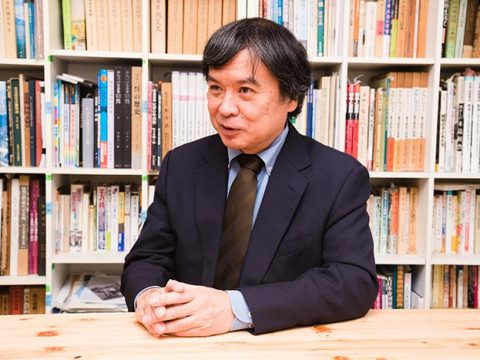Mai Mai Miracle (or, to literally translate the Japanese title, Mai Mai Shinko and the Millennium-old Magic) could have been a Studio Ghibli film. Like Isao Takahata’s I Can Hear the Sea and Only Yesterday, Mai is a nostalgic film with a slightly magical twist and a depth of character and personality to make it excellent not just for the nine-year-olds watching children their own age in the ’50s, but for the parents and grandparents watching it with them.
The year is 1955, and nine-year-old Kiiko is moving from Tokyo to the countryside with her father. A shy, quiet girl, she lives in the shadow of her mother’s memories and her father’s obvious dotage. Shinko, on the other hand, is a rambunctious country girl, running through the wheat fields and imagining what their town looked like a thousand years prior when it was an imperial capital. When her other classmates reject the new transfer for showing up in Western dress and wearing perfume, Shinko follows her home out of curiosity and the two become fast friends, both through adventures in the modern world and in Shinko’s imagined past.
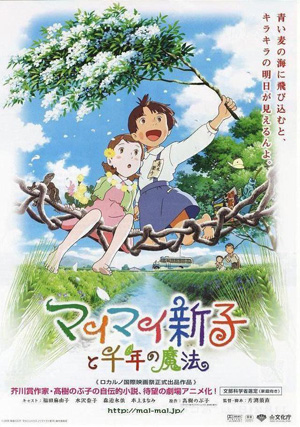
Despite being director Sunao Katabuchi’s debut film (his prior work includes directing
Black Lagoon and the 1996
Lassie TV series), the film shows Katabuchi’s mastery of the craft. Lushly animated by Madhouse,
Mai Mai Miracle is a visual treat—albeit one marred by some obvious CG—as the countryside comes to life. Even the small act of a princess cutting clothes for her paper dolls is presented in a simple yet vibrant manner.
The true beauty of
Mai Mai Miracle, however, lies in the script. Katabuchi’s screenplay, adapted from
Nobuko Takagi’s novel, manages to avoid preachiness or lingering in wistful or gushing nostalgia. Times may have been simpler in the 1950s countryside (nobody thinks of the dumb kid in the class carrying a knife—after all, how else is he going to sharpen his pencil), but the extent to which children create worlds for themselves is represented in all of its layers and wonderment, revealing both the joys and pains of youth as adult matters begin to intervene across the girls’ actual world and the past they explore.
What we find most painful, though, is how unlikely Mai Mai Miracle is to reach a western release. While Madhouse and distributor Shochiku Film created a subtitled edition for film festival screenings (we caught it at the London Childrens’ Film Festival), Mai has nothing to sell it commercially. There are no explosions or moe girls for the core fanbase, and it lacks the words “Hayao Miyazaki” to sell it to a wider family film audience.
And therein lies the crux: in every aspect except pure eye candy, Mai Mai Miracle is a better film than Ponyo (which is just making its first rounds on the UK festival circuit before wide release in February), but will largely go ignored outside of Asia. We’d love to be proven wrong on this, but in the meantime, fans seeking a more mature work of animation should do their best to see Mai Mai Miracle in any way they can.
Watch a six minute excerpt of the film, including a brilliant scene of the girls getting drunk on liquor chocolates, free on YouTube here.
Mai Mai Miracle official website [Japanese]
Studio/Company: Madhouse/Shochiku/Avex
Available: Now in Japanese Cinemas
Rating: 12A (UK)
Image ©2009 Mai Mai Production Committee • MADHOUSE / Shochiku / Avex
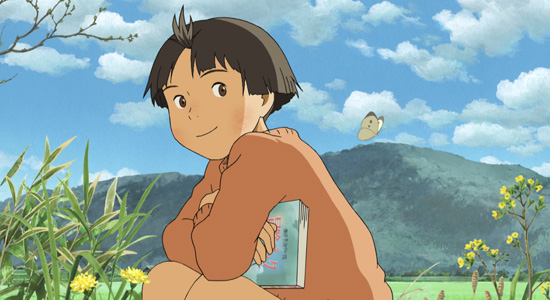


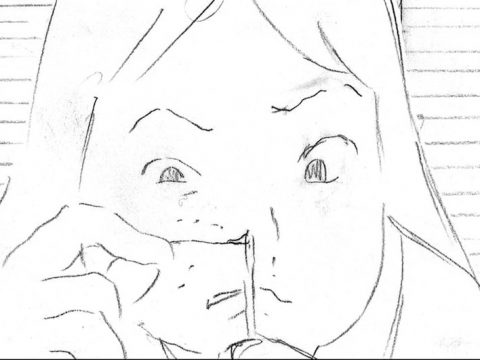

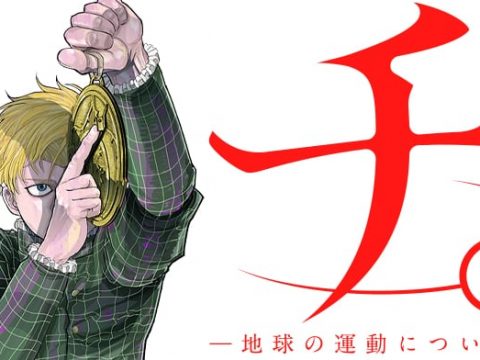

![Hajime no Ippo: The Fighting! TV Series Collection [Anime Review] Hajime no Ippo: The Fighting! TV Series Collection [Anime Review]](https://otakuusamagazine.com/wp-content/uploads/2021/11/hajime-no-ippo-0-1-480x360.jpg)
